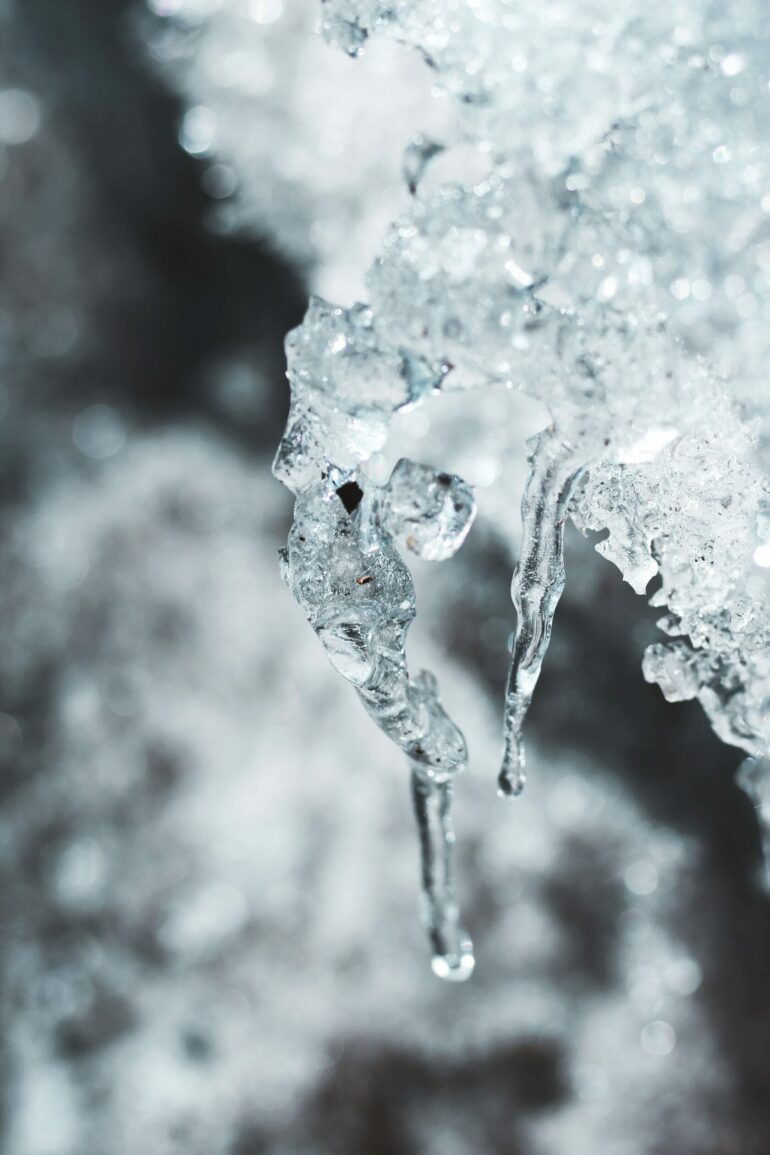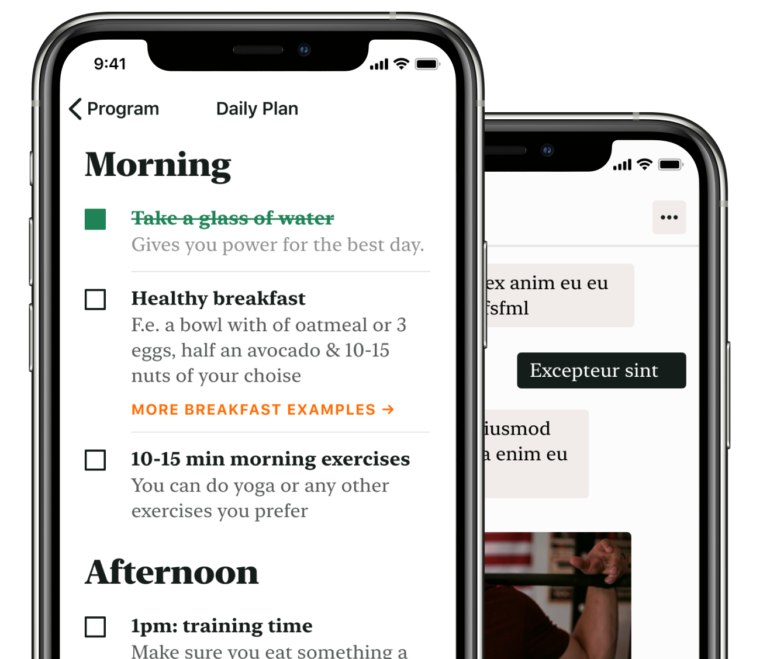We all know what cold-water exposure can do to a man’s reproductive organs, so who would have known that low temperatures could prove beneficial to men’s health? And actually, this isn’t new science, people.
The use of cold as therapy — to treat disease, alleviate pain, and improve overall wellbeing —has a long history. Its earliest known references can be found in the Edwin Smith Papyrus from 3500 B.C., currently regarded as the most ancient medical text in existence. It wasn’t until the late 1980s when modern allopathic medicine took an interest in hypothermia, after it was shown to provide unprecedented levels of neuroprotection in cases of brain injury. And since then, cold therapy has received lots of attention from medical and scientific communities.
As far as new additions to your health routines go, this one can be extremely easy, cheap, and (mostly) painless. Most of the evidence suggests that cold can improve general health, and maybe even reproductive health. Download The Coach App if you’d d like to learn more about men’s health.
Extreme Cold at the Boundary Between Life and Death
No discussion about cold exposure and health will be complete without talking about Wim Hof, the poster boy for the triad of hypothermia, meditation, and breathing exercises. This Dutch daredevil, known as the “Iceman,” holds quite a few world records for cold exposure. He singlehandedly changed what scientists believed to be the limits of the human body’s ability to withstand cold temperatures.
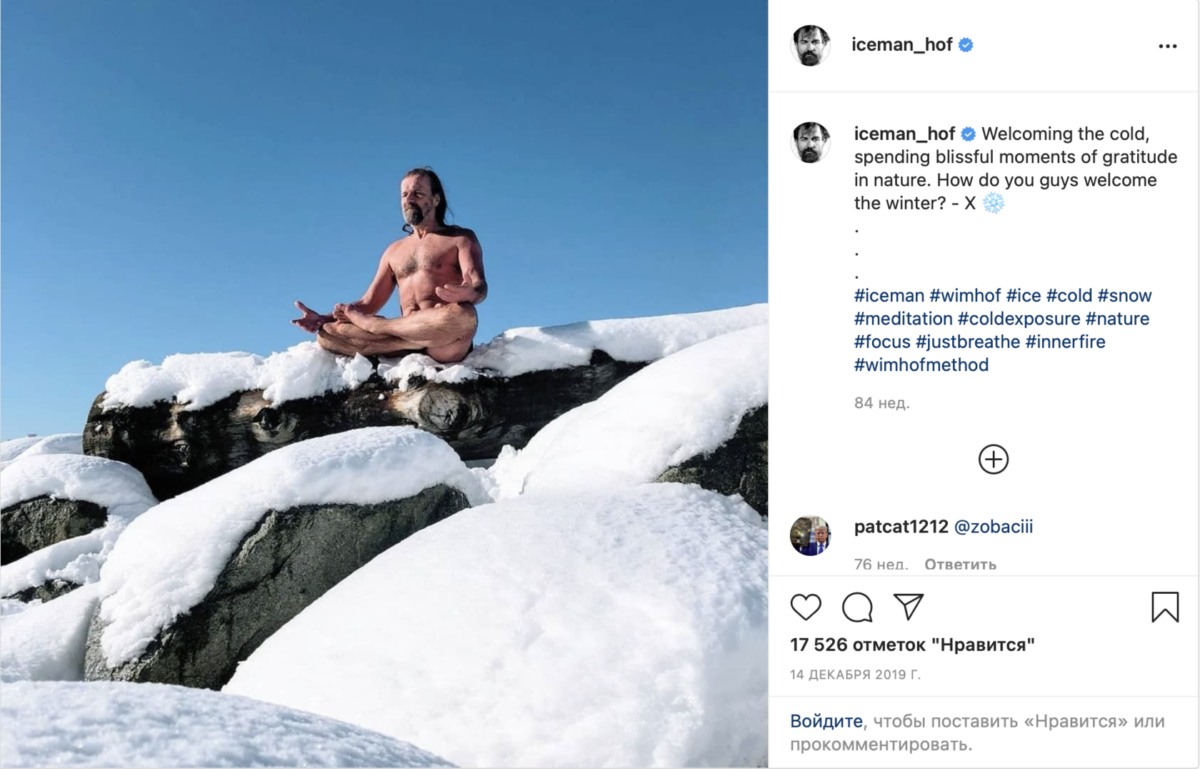
In a 2009 attempt to set the world record for full ice immersion, Wim swallowed a special capsule that could measure his internal body temperature. After 100 minutes in the cold, his core temperature dropped to 88°F. But 20 minutes after that, it rose back to 94°F!
This astonished scientists, because the medical consensus at the time was that once core temperature fell below 90°F, the body would be powerless to warm itself up again. Without an external heat source, death due to hypothermia would be inevitable.
Well, Wim escaped death, and he went on to perform other miraculous feats:
- Wim set the Guinness World Record for the longest ice bath— at 1 hour, 52 minutes, 42 seconds
- He ran a half-marathon through the snow at 4°F – wearing nothing but shorts
- He trekked up Mount Everest to an altitude of 23,600 feet — again, wearing just shorts (unfortunately, he had to stop due to a recurring foot injury)
Wim attributes his success to breathing exercises and meditation during cold exposure. Apparently, these techniques enable him to consciously control his immune system. And it appears that his claims are true! Researchers tested the immune cells in Wim’s blood after cold exposure and found a subdued response to certain toxins.
Research into what’s been dubbed as the Wim Hof method is still ongoing. Scientists have already studied Wim’s monozygotic twin brother, who’s not used to extreme cold exposure. They found no evidence of genetic predisposition playing a major role in Wim’s accomplishments.
Frozen Solid But Thawed Back to Life
Numerous other anecdotes have made scientists reconsider the relationship between cold and the human body. But unlike Wim, these two people pushed the boundaries of life and death in the cold — while unconscious.
Jean Hilliard
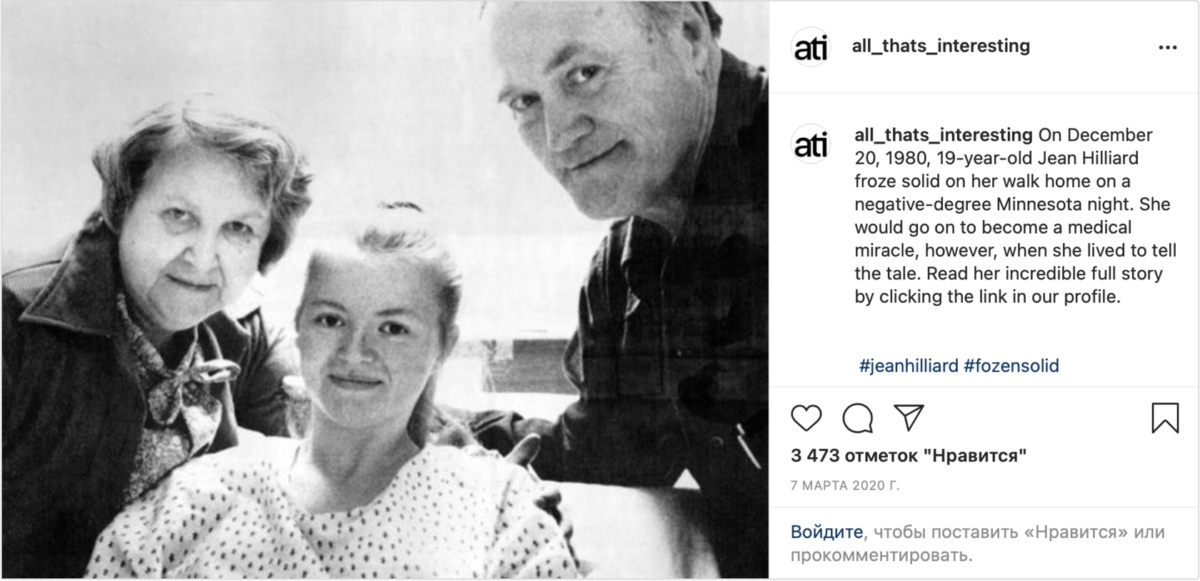
On a cold December night in 1980, Jean got involved in a car accident, forcing her to try walking to a friend’s house about two miles away — in -22°F weather. She didn’t make it, collapsing 15 feet away from the door of the house. After some six hours in the cold, her body was found “frozen solid.”
Doctors couldn’t even take her body temperature right away, as it was too low to be measured with a thermometer at the nearest hospital. But eventually, doctors got a reading: 88°F — a full 10 degrees below normal.
While initially thought to be dead, Jean did have a pulse of about 12 beats per minute. Doctors slowly brought her body temperature back up, and after two hours, Jean regained consciousness, having suffered only from surface frostbite.
Stella Berndtsson
In 2010, 30 years after Jean Hilliard’s car crash, someone else set the record for the lowest recorded body temperature. One fateful day in December, seven-year-old Stella Berndtsson fell from a cliff and drowned in icy water. Three-and-a-half hours later, a rescue helicopter found her body.
Everyone was sure Stella was dead. Still, she was given cardiac compression in the helicopter on the way to the hospital 55 miles away. Upon arrival, her temperature was 55.4°F and her heart had no pulse. The doctors slowly warmed up her body anyway. And against all odds, the next day Stella showed the first signs of life.
Stella is alive and well today. She doesn’t remember anything about the accident, and suffers only from relatively minor setbacks, such as issues with short term memory and weak legs.
“You are not dead until you are warm and dead”
…And Jean’s and Stella’s stories certainly support the point! They’ve forced scientists to re-evaluate what extremely low temperatures do to the human body. Bottom line is, we don’t know much. But there’s substantial evidence that the relationship between extreme cold and bodily function isn’t what it was thought to be.
Cold seems to be able to preserve the body and stop — or at least slow down — brain damage, which is what actually leads to clinical death. Does this mean you should freeze your body and expect to wake up in a few hundred years when scientists will have finally discovered the cure for aging? Probably not. Besides, cryopreservation is pricey, ranging from $30,000 to $200,000.
Interested in the topic? Subscribe to The Coach Magazine and receive health articles every week
Get Cold, Get Healthy
We don’t need to limit ourselves to the extremes of cryopreservation to appreciate the therapeutic value of cold temperatures. So, what else does science say?…
Cold fights inflammation
When exposed to low temperatures, the body produces adiponectin, a protein that helps it fight inflammation and protects the cardiovascular system. Adiponectin is also associated with lower risks for obesity-related disease.
Cold promotes longevity
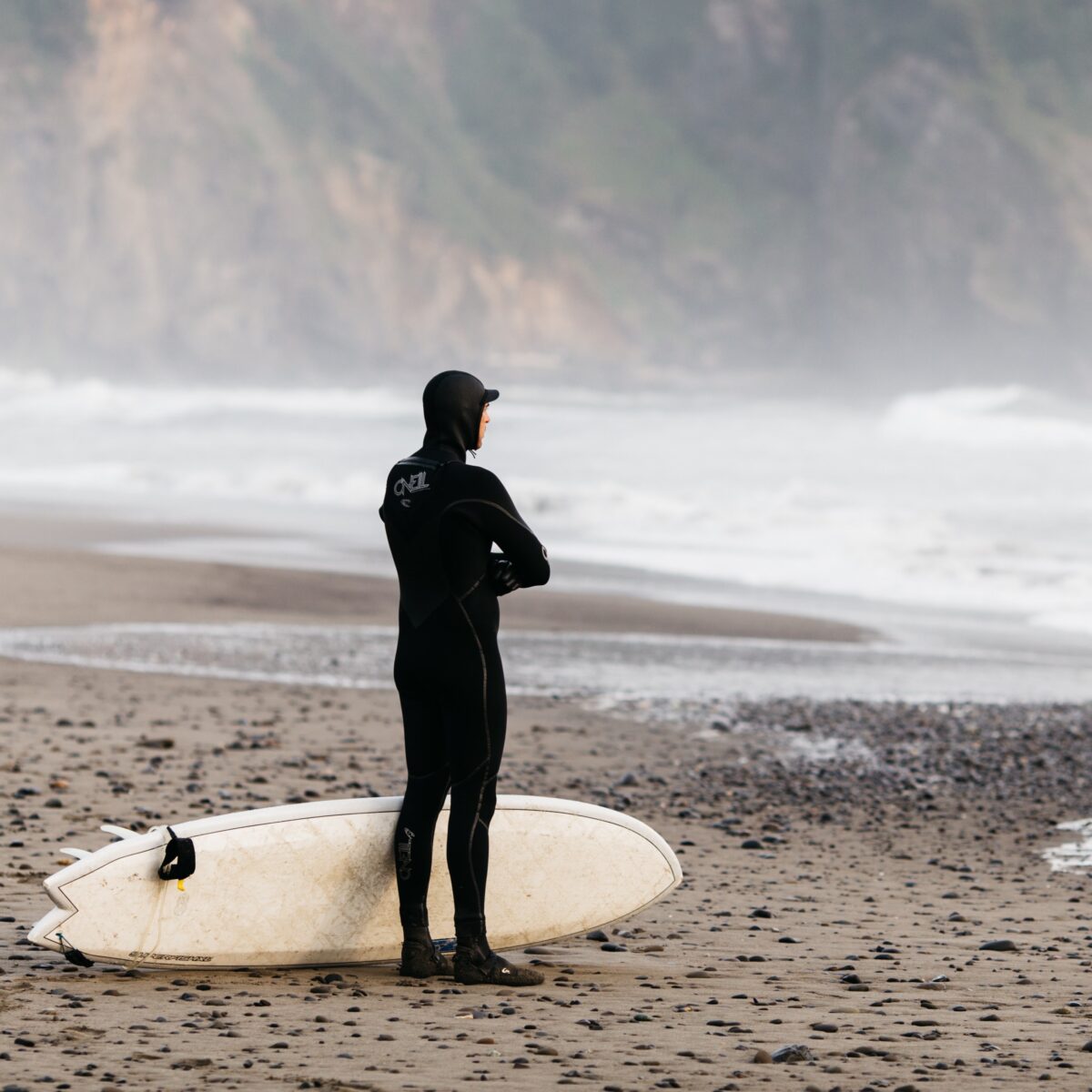
Many studies have been performed on mice, rats, fish, worms, flies, and other animals, showing that colder ambient temperatures can increase the creatures’ lifespan up to 75%, generally making their bodies stronger and more efficient.
Cold boosts immunity
Cold-water immersion has been shown to increase metabolic rate and activate the human immune system.
Cold combats oxidative stress
Studies looking at cryotherapy have determined that it helps the body get rid of potentially dangerous free radicals more efficiently. No need to splurge on the expensive procedure, though! It seems that simple winter swimming has a similar effect of fighting oxidative stress.
Get Cold, Get Healthy… Down There
What does all of this mean for you as a man? Well, aside from the four benefits mentioned above, it’s worth noting that erectile dysfunction has been linked to overall inflammation in the body, oxidative stress, and an abnormal immune response. Testosterone levels are also affected by inflammation,oxidative stress, and immune function. See the pattern?
While the biological mechanisms behind cold exposure’s positive effects aren’t fully developed, cold exposure seems like a great addition to a healthy routine if you take time to do your research and chill yourself in a safe, responsible manner. We don’t suggest that you go full Wim Hof on Day 1 and dive into an icy lake first thing in the morning. But if you take your time, allow your body to gradually adapt, and carefully monitor how you feel, cold exposure can probably improve your overall wellbeing, reproductive health, sexual performance, and mood.
Here’s a quick list of things you can do:
#1. Take cold showers
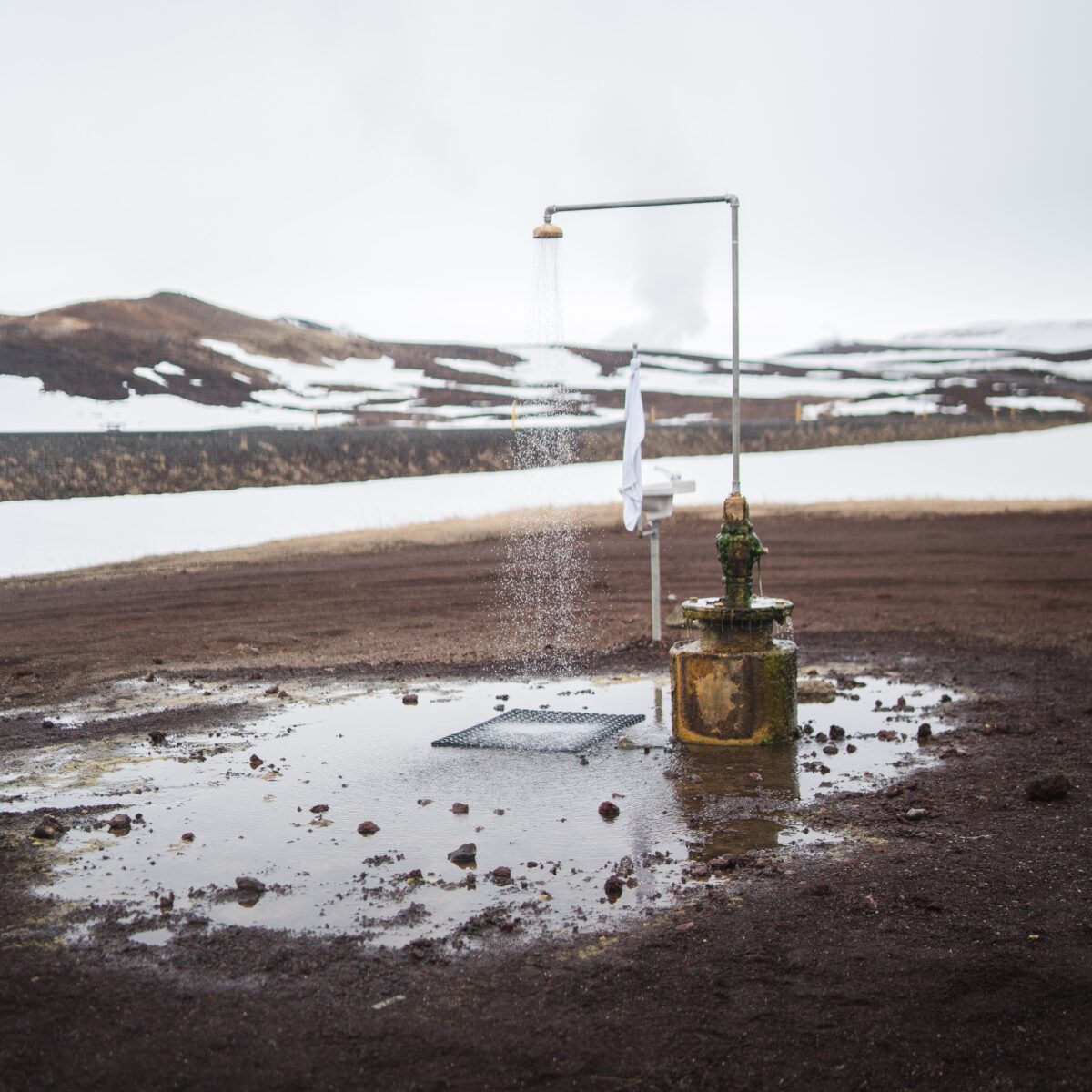
Go really cold, instead of chilly, but keep it short and avoid brain freeze. Don’t go for longer than 20 seconds. Make sure to warm up with some mobility exercises before going in, and you’ll be all right. (And no, a cold shower won’t make you catch a cold or flu — your mom lied to you about that.)
#2. Keep your bedroom cold at night
It’s recommended to keep the air in your bedroom between 60°F and 67°F. Temperatures above 71°F will likely cause restlessness, poor sleep quality, and other issues. Cold and dark — that’s what your body needs at night. A smart thermostat will definitely help here, but just leaving your window open if the weather is cold outside is a great place to start.
#3. Leave the heating off
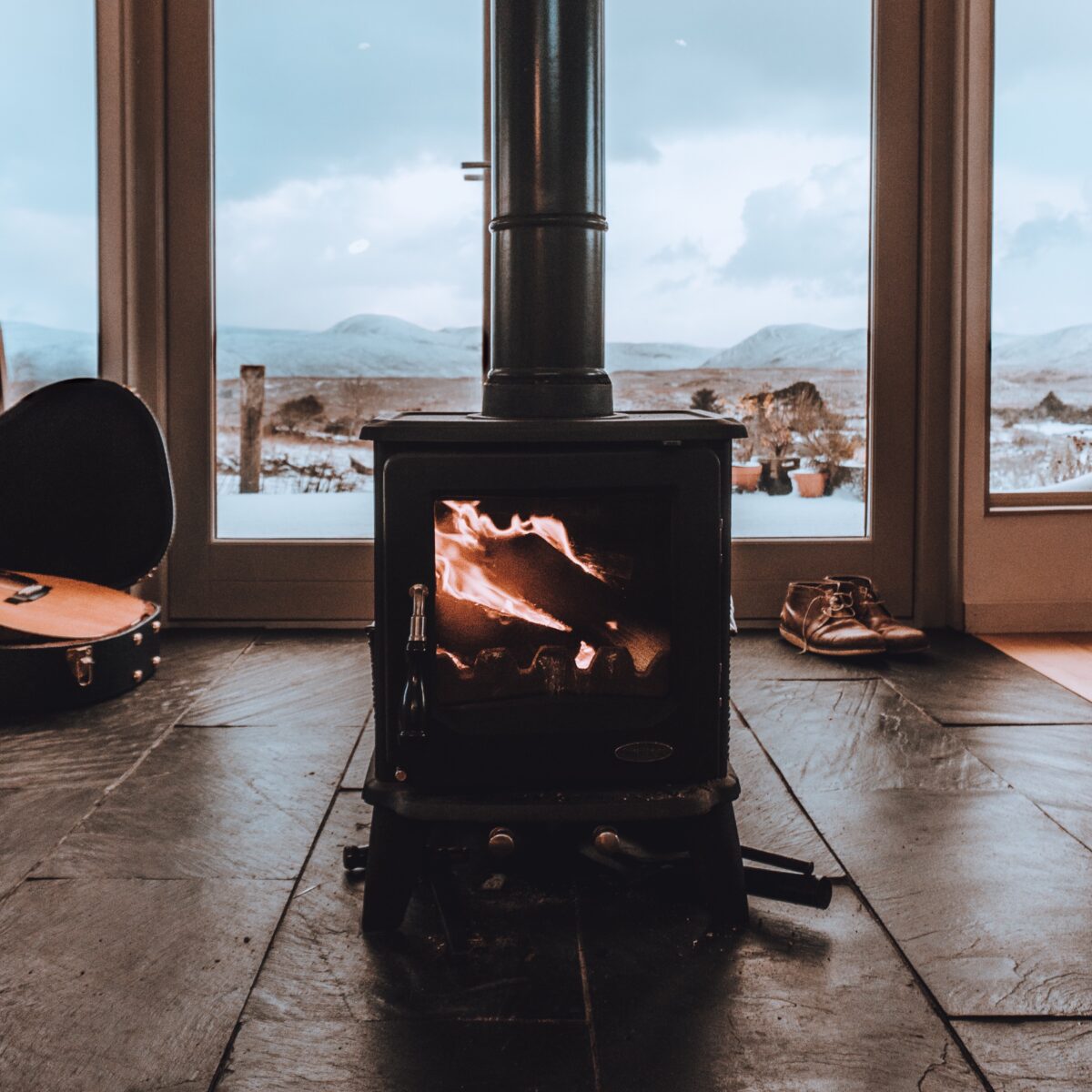
Saves you money, saves the planet, and will keep you more awake and alert during the day. Sounds like a win-win, right? A pair of warm socks can do wonders in helping you feel comfortable even if the room is cold.
#4. Experiment with cold exposure
Again, trying to beat the Dutch Iceman is probably a bad idea, but try experimenting by spending a few minutes on your porch barefoot, wearing as close to nothing as your neighbors will tolerate. That is, if winters get cold around where you live. If not…
#5. Try cryotherapy
Whole-body cryotherapy (WBC) exposes your body to extremely cold dry air with temperatures as frigid as -150°F. Although it may sound intimidating, cryotherapy has been a thing since the late 1970s. And many people, especially athletes, swear by it!
Disclaimer: This information isn’t a substitute for professional medical advice, diagnosis, or treatment. You should never rely upon this article for specific medical advice. If you have any questions or concerns, please talk to your doctor.
If you want to become healthier, boost your energy, loose weight, gain muscles under surveillance of a professional, download The Coach App and change your life for better!
